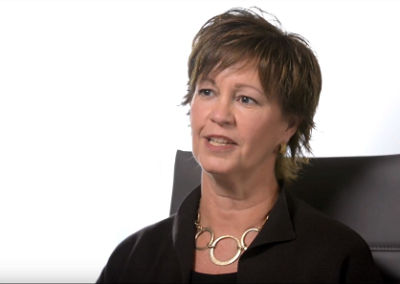FORENSIC TECHNOLOGY
Home » Practice Areas »
We seamlessly integrate our capabilities in forensic technology and fraud investigation to identify, retrieve, normalize and analyze large, diverse and complex data sets. By using advanced technology we produce fact-driven insights enabling our clients to make defensible and informed decisions related to litigation, dispute resolution, regulatory and prosecutorial investigations, false claims, whistleblower claims, or other critical matters.
Our forensic technology services include:
DATA ANALYTICS AND DATA MINING
We have extensive experience in the analysis and mining of large, diverse and complex information systems to identify unexpected patterns and expose inconsistencies and irregularities. Our professionals use sophisticated forensic tools to combine disparate datasets, financial records and unstructured data into a single platform for investigation and analysis where there is a dispute, allegations of fraud or misconduct.
We efficiently identify and collect relevant and responsive data across enterprise-wide systems and repositories including proprietary or outsourced third-party systems.
DATA VISUALIZATION
We use sophisticated tools to visually communicate results clearly and effectively using the data to tell a story that is accessible, understandable and usable.
COMPUTER AND CELL PHONE FORENSIC EXAMINATIONS
Forensically sound methods are used to recover and preserve key digital evidence, whether that evidence was intentionally deleted or manipulated. Our multidisciplinary team can recover and recreate data history to investigate suspicious activity. We follow industry best practices and forensic protocols to confirm facts and eliminate false assumptions. Our customized investigation solutions in both fraud and internal investigations include:
Evidence and data collection | Data preservation | Forensic data analysis | Expert testimony and reporting
Fact Sheet: Harnessing the Power in the Data
Download this Fact Sheet to learn what data analytics can do to help companies and their counsel move faster, save money, and unravel critical information during investigations and effectively tell their story in court.
CONTACT US
RELATED BLOGS
A Computer Forensic Specialist Can Give Lawyers a Leg Up in Business Disputes
As the pace of technological change continues to accelerate, lawyers managing business-related disputes are grappling with an ever-more complicated digital landscape. By collaborating with a computer forensic specialist, lawyers can gain a powerful ally in...
What Divorcing Spouses and Their Lawyers Can Do to Uncover Hidden Digital Assets
If you suspect a spouse is hiding their true net worth, don’t forget to look closely for potential digital assets. When couples navigate the complexities of divorce, financial transparency—or a lack thereof—can play a major part in the outcome of the property division...
Tips to Manage Your Whistleblower Program like a Forensic Accountant—and Make It Far More Effective
An effective whistleblower hotline program could make the difference between catching fraud early and facing a substantial loss. Since the Sarbanes-Oxley Act was enacted in 2002, public companies have been required to provide an anonymous way for...
RELATED VIDEOS






